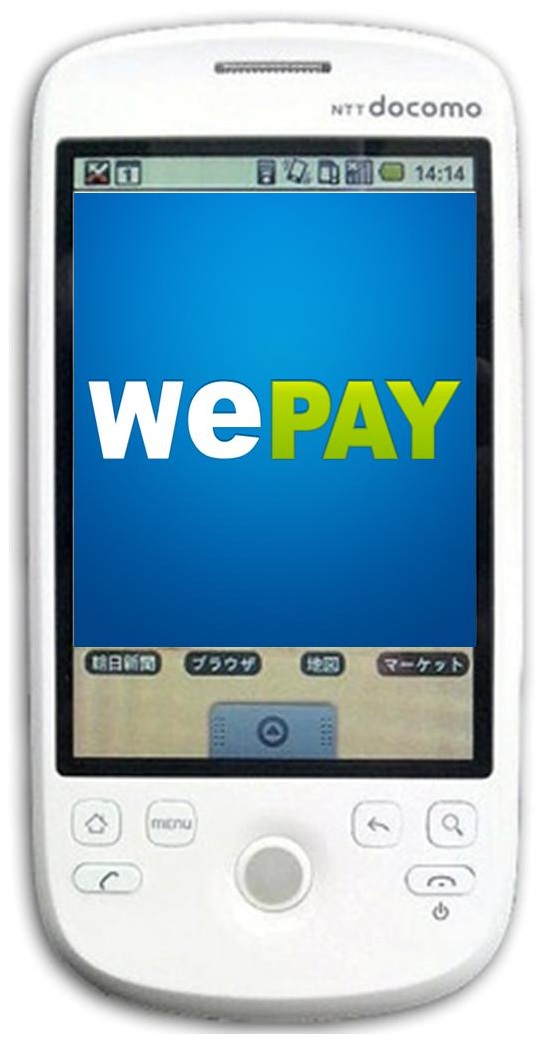 This new service is geared toward companies that receive funds through traditional paper checks.
This new service is geared toward companies that receive funds through traditional paper checks.
WePay, a startup located in Palo Alto, California, has just announced that it is taking its first steps into the mobile payments marketplace by using its technology to help to replace paper checks.
The first app from the company was released last week and is designed for use by iOS only.
Though the company had previously provided online services, this app opens it up to mobile payments on iPhones and iPads. The application allows both the owners and employees of small sized businesses to be able to process credit card transactions and create invoices through their tablets and smartphones.
Though this may sound similar to other mobile payments services, it does stand out in some ways.
According to the CEO of WePay, Bill Clerico, though it may sound as though it is somewhat like Square or GoPayments, it is unlike them because it does not use an external credit card reading devices in order to make the transactions faster to process. Instead, the digits of the cards will be entered into this system the “old fashioned” way, but using a numeric keypad to type them in.
Clerico explained that “If you’re running a food truck or something where you have hundreds of customers a day, there is no way you’re going to use our app,” however he did go on to say that the app is not aimed at those customers. Instead, it is meant for businesses that employ 10 or fewer people, and whose transactions are primarily made up of checks. He explained that “I think our biggest competitor is paper.”
Clerico also added that when all is said and done, this mobile payments app means that small businesses can process transactions in a number of different ways, and this will help to keep them all in one place. He believes that this is an important step for the company, as smartphones and tablets are becoming increasingly important for processing, and desktops are losing importance in this area. He feels that the niche that his company has found will help to secure its position in the “noisy” market.

